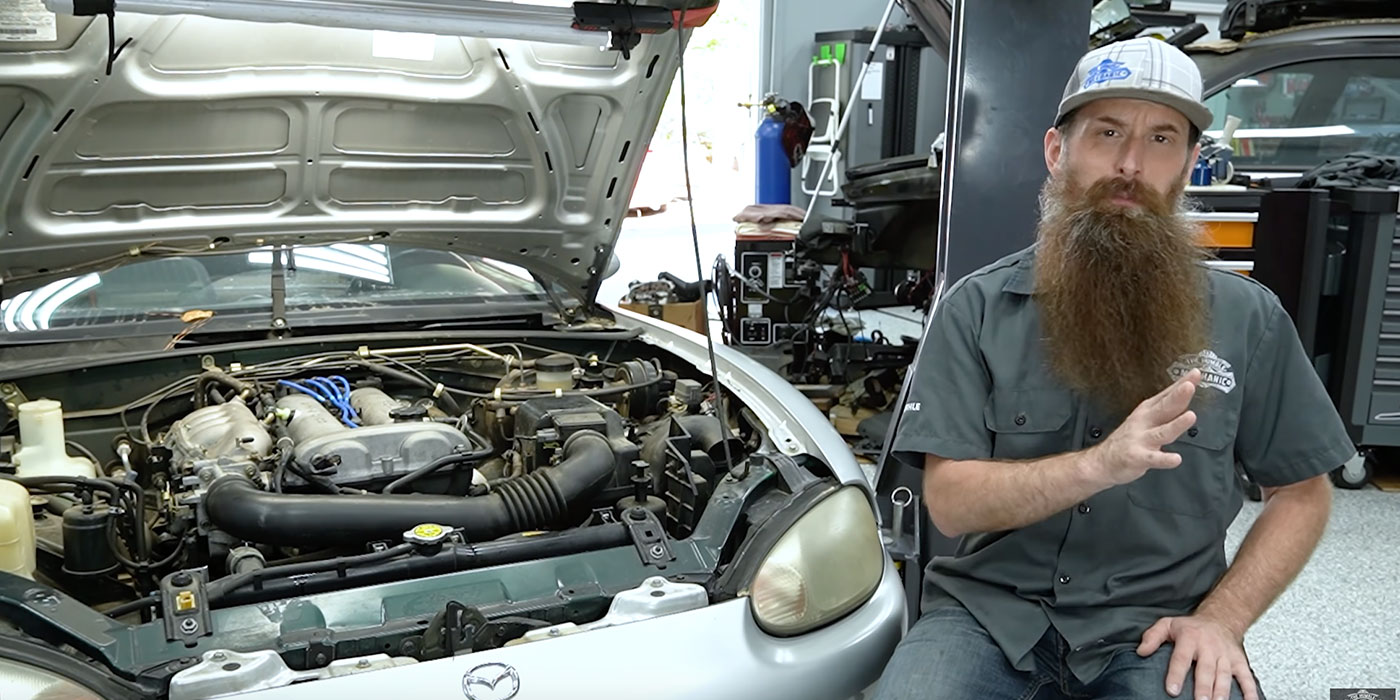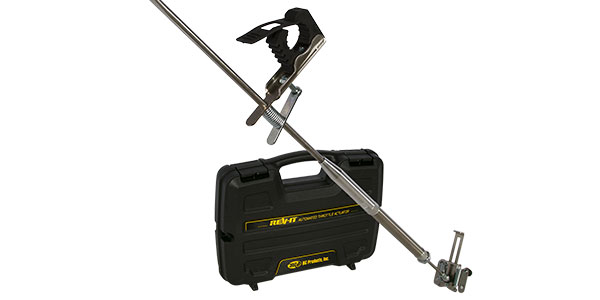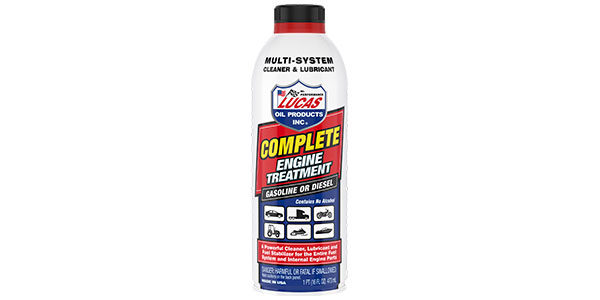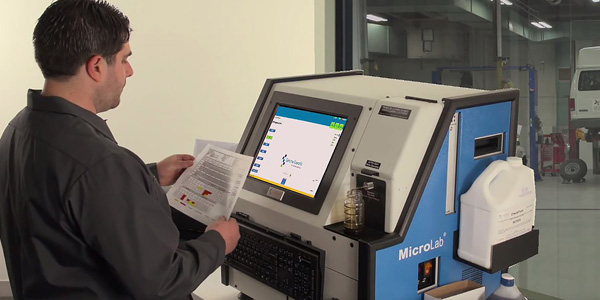Some 2001 2.4L Sonata and Santa Fe vehicles may experience one or more of the following conditions:
- Rough running;
- Rough idle;
- Lack of power at low rpm; and
- Check engine light on (DTC P0335 crankshaft position sensor malfunction).
- This condition may be caused by the exhaust camshaft coming out of time.
A new timing belt cover (P/N 21360-38214-D) that incorporates a timing belt guide has been installed on vehicles produced since Jan. 30, 2001.
Vehicles that experience the condition described above should be updated with the new timing belt cover.
Inspection:
- Inspect the production date of the vehicle. Vehicles produced on or after Jan. 30, 2001 are not affected by this TSB.
- Remove the upper timing belt cover.
- Rotate the crankshaft until the timing mark of the intake cam sprocket is aligned with the timing mark on the rocker cover.
- Inspect the alignment of the timing mark on the exhaust cam sprocket with the timing mark on the rocker cover:
a. If the exhaust timing mark is properly timed, skip to step 13.
b. If the exhaust timing mark is not timed properly, continue to the service procedure section.
Service Procedure:
- Remove the right front wheel and engine splash shields.
- Lower the vehicle and support the engine with a floor jack.
- Remove the right-side engine mount, water pump pulley, accessory drive belts and lower timing belt cover.
- Set the engine to top dead center (TDC) and set the intake and exhaust cam sprockets on their timing marks (as close as possible).
- Remove the auto tensioner and timing belt.
a. Inspect the timing belt. If it’s worn, cracked or frayed, replace it.
b. Inspect the tensioner. If it’s leaking fluid, replace it. - Slowly compress the tensioner in a vise (apply pressure until resistance is felt, allow tensioner to compress, then apply more pressure) until the locking pin can be re-installed. A locking pin is supplied with a new tensioner. If an extra locking pin is not available, a 3/64” steel pin can be substituted.
- Install the cam sprocket holder (SPX/Kent-Moore P/N 09231-38000) to hold the cam sprockets in alignment during timing belt installation. Install the tool 1/4” deep after the sprocket timing marks are in alignment.
Note: Insert the tool only 1/4” to make it easier to remove after the timing belt is installed.
- Set the oil pump sprocket so that the timing marks are aligned. Quickly rotate the sprocket back and forth, between the 9 and 12 o’clock positions “feeling” for a “centering feel” when the timing marks meet. If the sprocket timing mark feels like it wants to move away from the other mark, rotate the sprocket one complete revolution and try it again.
The timing marks will naturally align when the balance shaft is in the proper orientation.
Note: This step is an alternative to the shop manual instructions described on page EM-89, step 17, note No. 2, in the 2002 Santa Fe shop manual. Either method is acceptable.
- Verify the following timing marks are aligned:
a. Camshaft sprockets (intake and exhaust);
b. Balance shaft and oil pump sprocket/balance shaft; and
c. Crankshaft. - Wrap the timing belt in a clockwise direction, starting from the intake cam sprocket. Keep the belt tight when installing over the exhaust cam sprocket, oil pump sprocket/balancer and crankshaft.
- Apply hand pressure to the tensioner pulley to take up any slack, and remove the lock pin from the tensioner. Remove the cam sprocket holder.
- Rotate the crankshaft clockwise (by hand) two complete revolutions and set to TDC. If the TDC mark was passed, then rotate the crankshaft another two complete revolutions. The crankshaft must be turned clockwise only for proper tension and orientation of the timing marks.
- Inspect the timing marks of the cam sprockets for proper timing.
Note: Due to the difference in ratio between the crank sprocket and the oil pump sprocket, the oil pump sprocket will appear out of time after turning the crankshaft two revolutions (provided the sprocket was set properly in steps 8 and 9). The oil pump sprocket will come into alignment on the sixth revolution (1:1.5 ratio; crank to oil pump).
14. If the timing marks are properly timed, rotate the crankshaft an additional 90 degrees to take the marks off of TDC.
15. Reassemble the engine (if applicable) and install the new timing belt cover (P/N 21360-38214-0).
Courtesy of Mitchell 1.
For more information on Mitchell 1 products and services, automotive professionals can log onto the company’s website at www.mitchell1.com.








